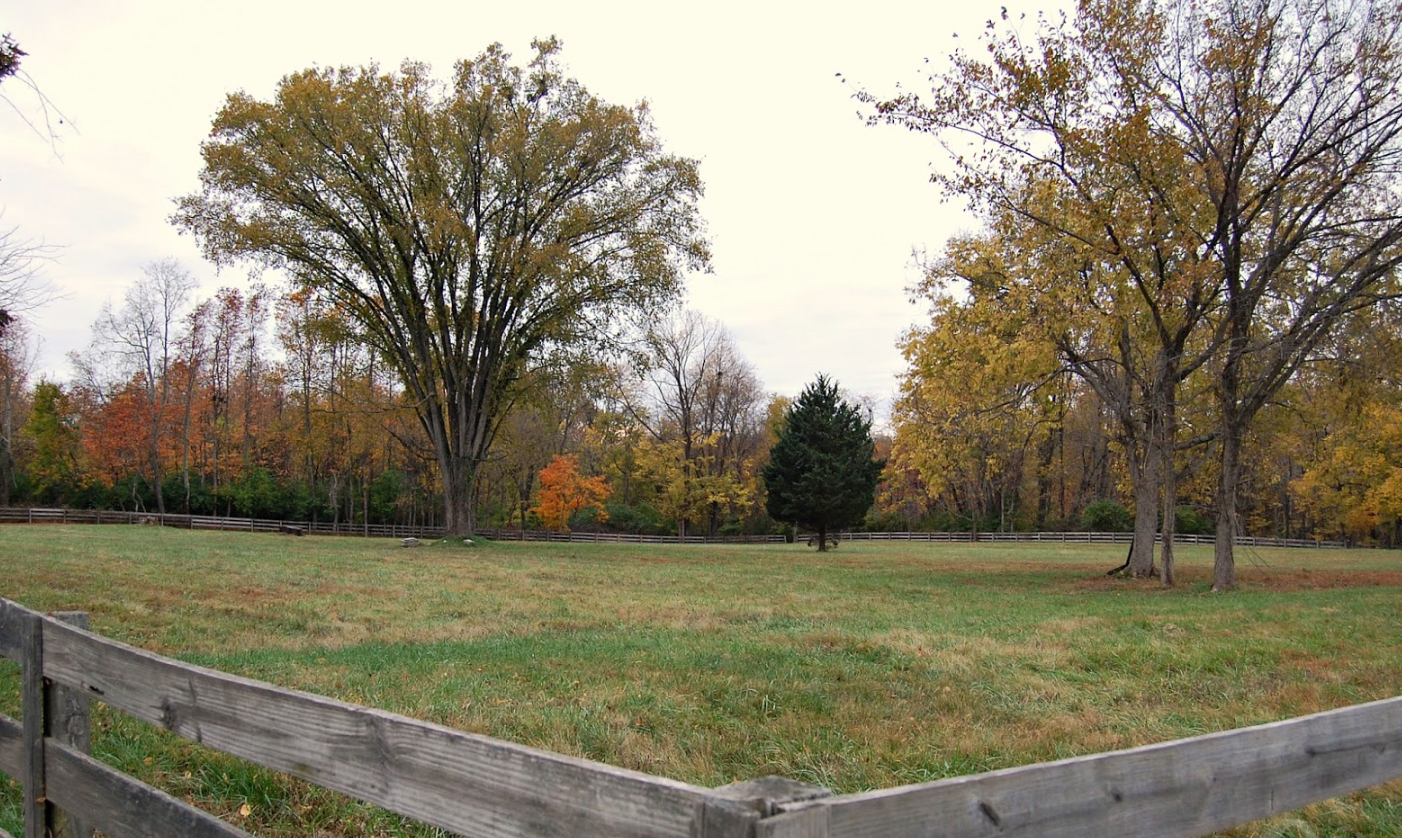Welcome to our Blog
In our blog, we share resources and information that families in our community can use to cope with their loss or better understand their grief. We also write about ways we have been involved in the community. Check out our latest posts below.

Traveling with Cremated Remains
Posted on August 28, 2018 by Lifesong Funerals | Leave a comment
Posted under Uncategorized
Transporting cremated remains is becoming very common with the rise in cremation and families’ wishes to be scattered in a favorite place or buried in a family plot. The loss of loved ones is an emotional experience — adding in the additional stress of air travel with the ashes of the deceased can elevate […]
Continue Reading
Going ‘Green’ for your Funeral?
Posted on July 23, 2018 by Lifesong Funerals | Leave a comment
Posted under Uncategorized
There are many ways to embark on the journey to the great beyond. For most of American history, there have been a few staples we’ve come to expect of funerals: a coffin of choice, subdued flower arrangements, a grave-site burial and the traditional granite headstone. However, these staples aren’t necessarily […]
Continue Reading
What exactly is a Cremation Society?
Posted on June 20, 2018 by Lifesong Funerals | Leave a comment
Posted under Uncategorized
If you’ve made it this far you’re more than likely interested in cremation when your time on earth is over. And for good reason; cremation is much easier on your family members left with the task of arranging your funeral (which btw you should go ahead and take care of ahead of time so they […]
Continue Reading
The Cremation Process
Posted on September 30, 2016 by Lifesong Funerals | Leave a comment
Posted under Uncategorized
2015 was the first year more people chose cremation than traditional burial for final disposition. In fact, the National Funeral Director’s Association predicts the national cremation rate to climb above 70% by the year 2030. Whether it’s cost considerations, flexibility, less religious constraints, or changing family preferences, there are many reasons families are choosing cremation. More […]
Continue Reading
Are Jewish Burials The Same As Green Burials?
Posted on August 5, 2016 by Lifesong Funerals | Leave a comment
Posted under Uncategorized
Saving energy, recycling and conserving natural resources is becoming a way of life; It has to be! You see it everywhere these days… But I never thought it would affect was death care industry. But if you do a little research; history and religion tell you it’s not a new concept at all…..And Judaism as […]
Continue Reading